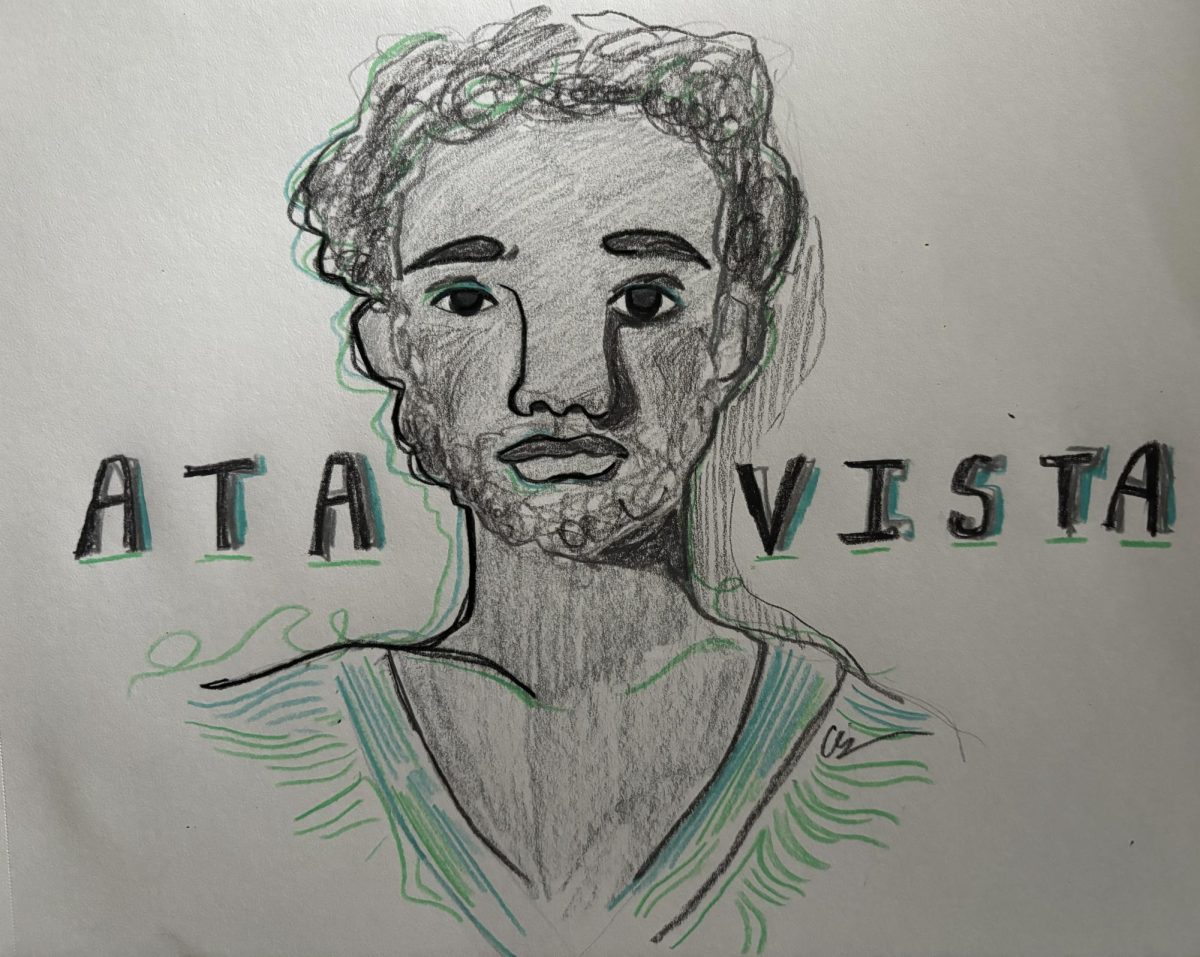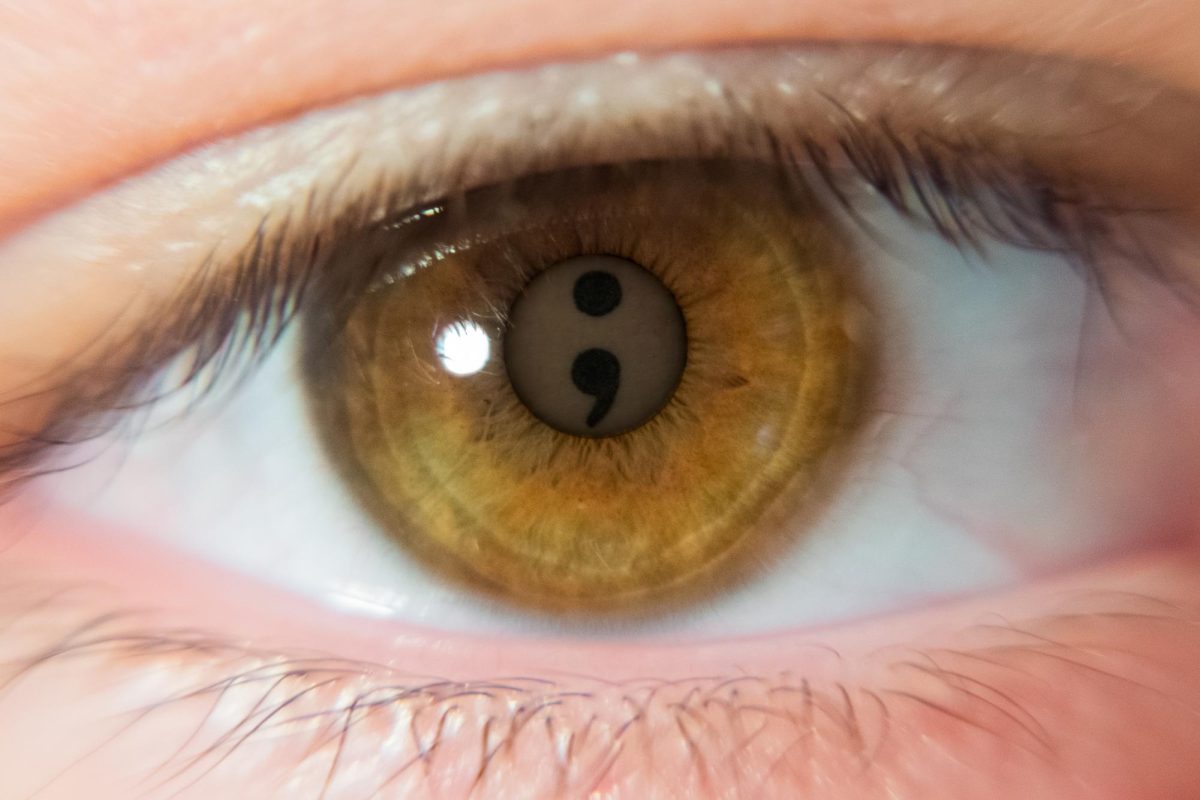Snotbot and the use of drones to preserve ocean wildlife

Whales are consistently harmed by human involvement in the oceans through ships, pollution, and entanglement from fishing gear. Whales across the globe are threatened by human activities. In order to prevent further harm to these animals, applying new technology to lower costs and ease of access to whale research is a must. One organization, located in Gloucester, which has spearheaded efforts to adapt new technology for use in whale research is the Ocean Alliance. The organization has long been dedicating itself to the pursuit of understanding whales, and recently it has been working on using drones to improve their research even more.
The first use of drones by the Ocean Alliance was the snotbots. First introduced in 2013, these drones are used by flying them through the blow of a whale, collecting its “snot” on a petri dish attached to the drone.
Where this plays a role in the preservation of whales is in what can be found in the snot. By analyzing the whales’ snot the DNA and hormone levels of the whale can be found, and from this, the stress level of the whale is able to be determined. And thus, the effects of underwater noise pollution can be researched. Whales, being acoustic creatures, rely heavily on their hearing. Due to human activity causing noise pollution such as from sonar, whales can be stranded and have their feedings disrupted. The data collected by the snotbots is key in preventing this as the data can determine the whale’s stress and hormone levels. Gathering this information is vital as the lack of evidence on the effects of underwater noise pollution on whales is what limits change.
But drones weren’t what allowed this kind of research to be done. On the contrary, sampling whales has long been used by the Ocean Alliance—predating the use of drones. Despite this, applying drones to sampling whales brings two benefits: Firstly, it is able to be collected without causing stress or harm to the whale, and secondly, it is far less expensive compared to traditional methods.
Before using drones, the way to sample whales was to use a crossbow with a dart in order to take a skin and blubber sample. The issue with this however is that it causes the whale stress, which would then contaminate the sample intended to determine the whale’s stress. Using drones in this way also cuts down on the heavy cost of the traditional method, which requires an expensive, fully equipped research vessel, whereas using a drone would only need a drone operator on a cheap boat. The differing requirement between the two methods creates a staggering difference in the cost, with $1000 dollars being needed to collect the same amount of data that may have cost twenty times that only 10 years ago. This cost cut allows for a considerably larger number of samples to be taken with the same funding, allowing for larger-scale research.
The Oceans Alliance’s use of drones didn’t stop at the snotbots, but was quickly expanded to other uses in collecting data on whales, one such case being tagging whales. This change brings huge improvements in the process of tagging as had for collecting samples with the snotbot. Utilizing what the organization learned from the snotbot program, In January of 2022, the Ocean Alliance was the first to use this method when they successfully tagged a whale from a drone hovering above it. This revolutionized tagging of whales as before tagging whales required a small boat to approach and used a pole upwards of 30ft long in order to place the tag. This method was not only risky for both the humans and whales involved, but also was unreliable. Drones however are able to overcome these issues as they are capable of being operated from a safe distance from the whale, and are highly reliable.
The Ocean Alliance’s innovations in the usage of drone technology don’t end at improving the existing methods of collecting data, but as well expanding what kinds of research they are capable of. Along with the snotbot and tags, drones can use their cameras to find out the size and body conditions of the whale. This is achieved with a process called photogrammetry, which is a technique that uses a picture in order to find the size of the whale. The only problem with a typical drone being used to do this is the lack of a precise way to measure the height of the whale. In order to work around this, the Ocean Alliance developed a cheap LIDAR, which uses rapid flashes of light in order to accurately measure distance, thus allowing any researcher with a relatively cheap drone to use the technology. In a similar vein, the Ocean Alliance is also working with one company that leads in infrared technology, FLIR Systems. From the collaboration, the Ocean Alliance seeks to bring a new spectrum of light for any researcher to use in studying whales.
The Ocean Alliance’s effort to expand the usage of drone technology has caused an expansion in the ability of researchers to monitor and study whales across the world. This effort is paying off by providing opportunities to make a difference not possible before with traditional methods of studying whales. “With this technology, we can go to the Gulf of Mexico to collect stress-hormone data a week before they turn on the air guns, and for a week or so after they turn on the air guns,” says Kerr, the Chief Executive Officer of the Ocean Alliance, then using this data, researchers are able to understand the human-caused problems affecting whales, and start advocating for beneficial change. As the Ocean Alliance has done, applying new technology, like drones, in current research is a vital step that needs to be taken in order to preserve the rich biodiversity in Gloucester and beyond.






































